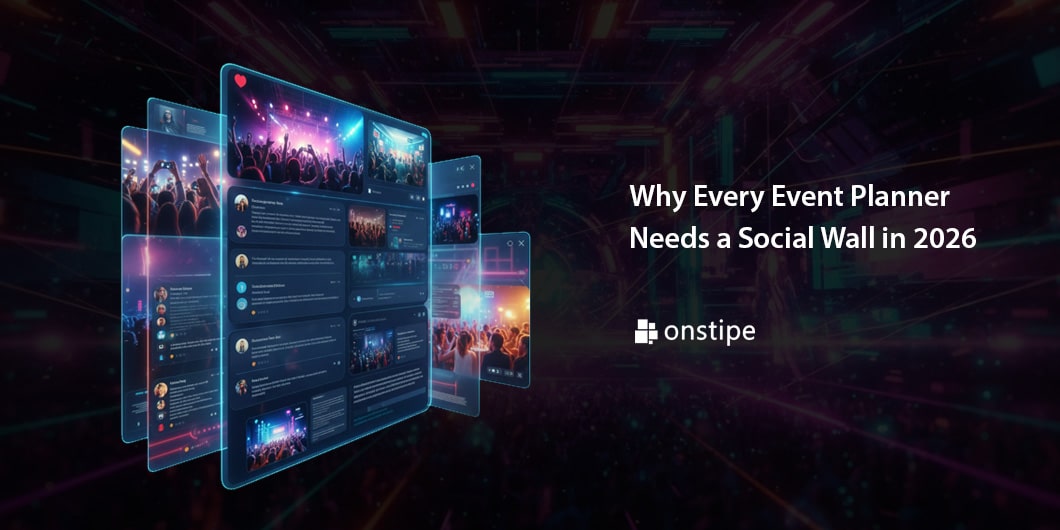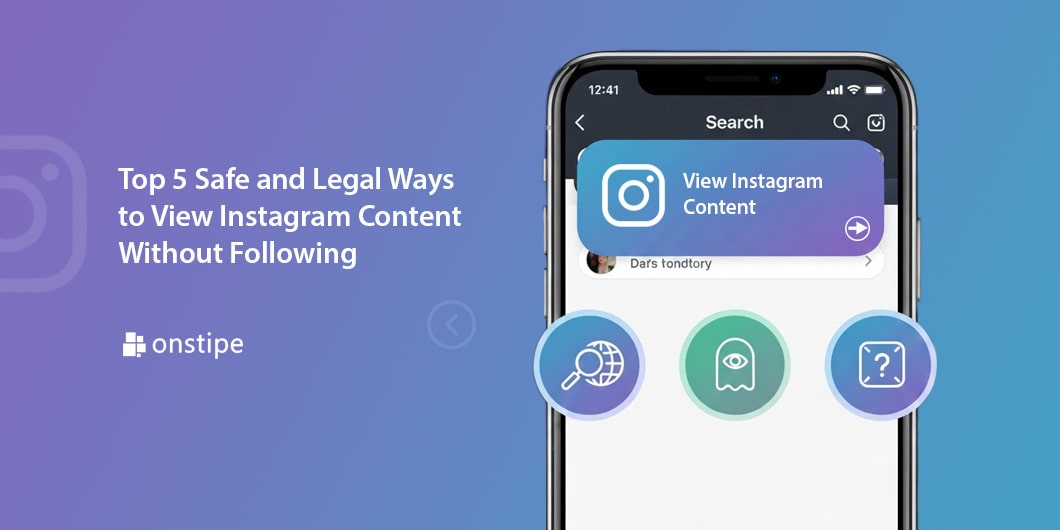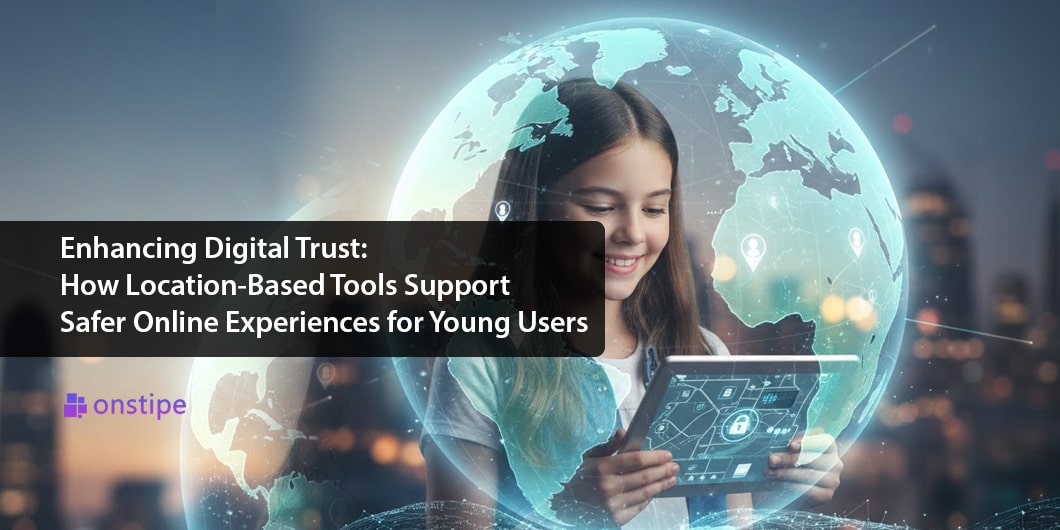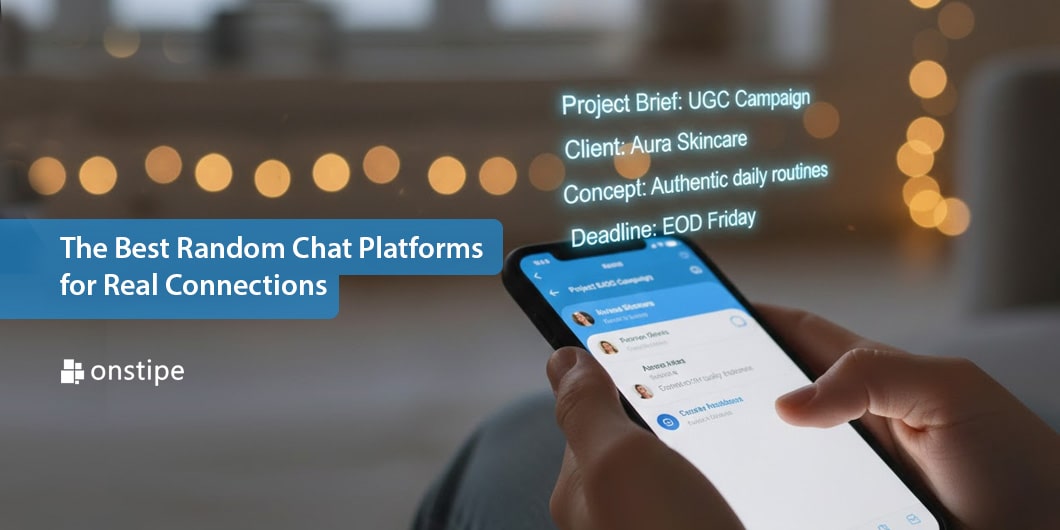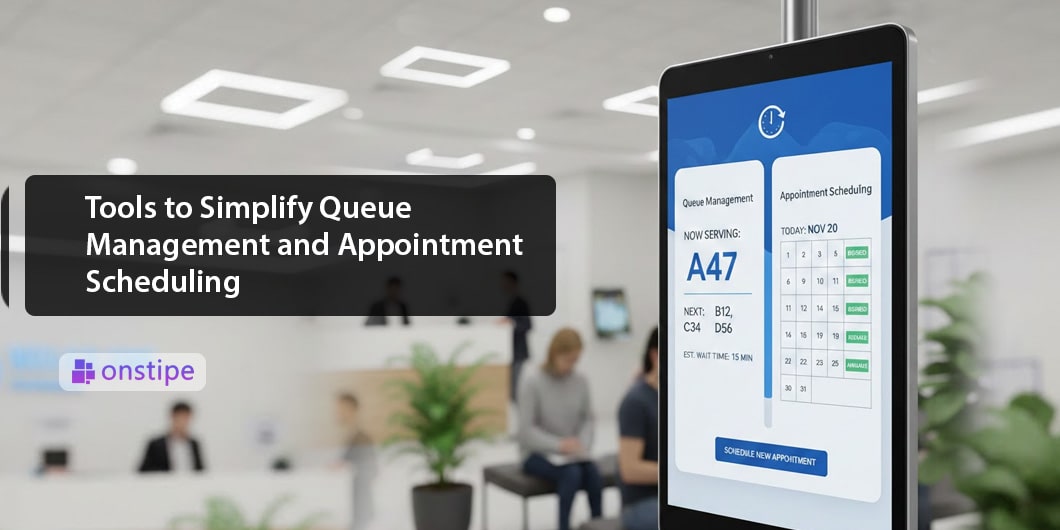In the modern age of the internet, where dialogue unwraps over social media, blogs, forums, and reviews, knowing what others are saying about your brand has never been more crucial.
Social listening, not to be mistaken for only social monitoring, is the act of monitoring and interpreting conversations online to derive useful insights.
It is more than merely measuring likes or mentions – it unearths the significance behind the numbers and enables businesses to make smart choices.
What is Social Listening?
Social listening is the act of discovering and analyzing what people are saying about a brand, product, or industry on the web. It consists of two steps:
1. Monitoring
Keeping track of mentions of your company, competitors, keywords, products, and industry trends on social media platforms, news websites, blogs, forums, and review websites.
2. Analyzing
Unpicking the tone, sentiment, and context of those conversations. It’s a very important step towards obtaining actionable insights, such as identifying customer pain points, discovering new trends, or gauging brand sentiment.
Social monitoring platforms like Hootsuite, Sprout Social, Brandwatch, Notified and Mention use algorithms and AI to search vast amounts of data online and give a manageable synopsis of what people are saying and feeling.
Why is Social Listening Important for Businesses?
Businesses can no longer afford not to know what people are saying about them on the internet. Here’s why social listening is important:
1. Improving Customer Service and Satisfaction
When customers complain or raise concerns on social media, actively listening businesses can reply in real-time – as well as compensate in real-time.
Being proactive with customer service not only prevents reputational damage but can also turn unhappy customers into loyal customers. By gaining an understanding of recurring issues, businesses can also improve their products or services.
2. Brand Sentiment Understanding
Social listening allows companies to measure what the public is saying – whether consumers are saying good, bad, or nothing at all about the brand.
That is extremely crucial in brand reputation management. A sudden outbreak of negative feeling may mean a PR crisis or a product flaw that needs immediate attention.
3. Tracking Competitors
Listening to what others have to say about competitors provides a competitive edge, too. Businesses are able to discover their competitors’ strengths and weaknesses, customer demands, as well as possibilities for innovation.
Such competitive intelligence can be used to guide anything from marketing campaigns to product innovation.
4. Identifying Trends and Market Opportunities
Social media is where trends first emerge. If you actually listen, businesses are able to detect changes in behavior or untapped markets.
Some teams even use VPNs on their routers to see region-specific content first-hand and know what is being talked about in specific markets. You can find more info here if you’re interested.
5. Instructing Marketing Strategies
Good advertising is built on a deep understanding of the audience, and social listening provides that insight. By seeing how individuals are talking about your brand or related subjects, you can build more powerful messages.
It is also great for influencer marketing as it allows you to discover those who are naturally promoting your brand or who share your brand values.
6. Enhancing Product Development
Social listening backlash typically indicates unmet needs or opportunities for improvement. Organizations can take this and use it to revise their existing products or create new products to satisfy the consumers’ needs. Using this consumer-driven innovation model will improve the chances of product success.
7. Managing Crises Effectively
In the era of viral content, bad news can spread fast – untamed and uncontrollably. Making use of social listening, businesses can leverage early signals to respond before a negative event gets out of control. A quick response can mitigate harm and sometimes even reverse the issue.
Try Best Social Media Aggregator Tool
Collect, curate and display social media feed anywhere!
Social Listening vs. Social Monitoring
While both involve tracking online mentions, the primary distinction lies in depth and intent. Social monitoring involves collecting data – quantifying likes, shares, or mentions.
Social listening involves interpreting that data and leveraging it to make decisions. It’s listening to what your audience is really saying, rather than what they’re posting.
Final Thoughts
With consumer voices louder and more powerful than ever, social listening has also become an indispensable part of business strategy.
It gives organizations the ability to stay in touch with their audience, respond to changing market dynamics, and make better, evidence-based decisions.
Whether you’re a brand-new startup or a multinational conglomerate, adopting social listening can improve your performance and service for engagement, growth, and success online.
So if you’re not yet making use of social listening – run, don’t walk!


